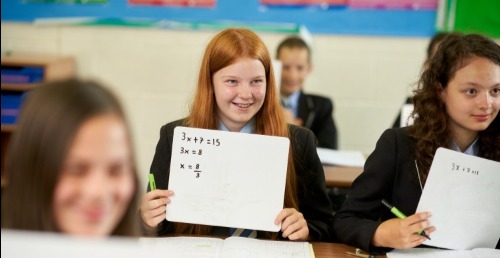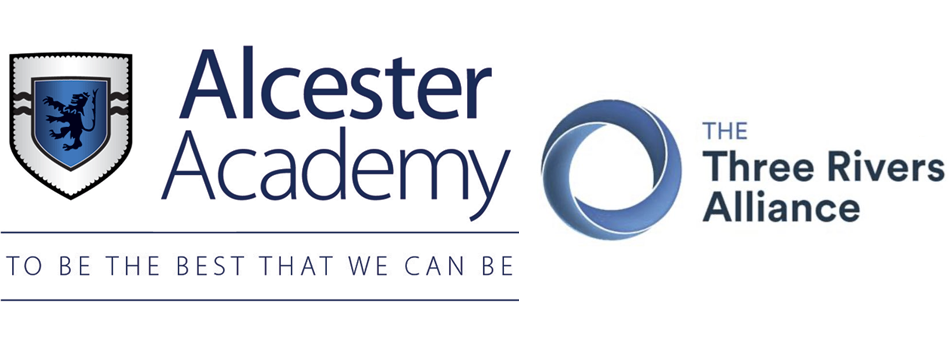Numeracy

Numeracy means many different things to different people. Some see numeracy as the foundation of mathematics, the concepts learnt in school and necessary for understanding more advanced mathematics; Some see numeracy purely as the ability to perform simple number calculations - a subset therefore of wider mathematics. Others define numeracy in terms of its purpose or its function: numeracy skills are those you need to do a job (for example, using spread sheets, calculating invoices) or to be an engaged citizen (for example, making sense of statistics reported in the media). Numeracy, when used in the same context as ‘literacy’, means having a grasp of numbers and data and the arithmetic and reasoning necessary for everyday life. It means confidently handling money, understanding interest, using timetables, working out journey times and interpreting graphs and charts - in other words, living in the modern world.
The below resources are designed to be used by students and parents, starting with sheet number 1 and working through the various topic areas … simple!
Four operations
The four operations cover addition, subtraction, multiplication and division. These operations are essential for everyday living and are often used without even thinking about it! To get by in the real world we all need to be confident at recalling, using and applying these four operations ....with and without a calculator. Making sure we have the correct change from a shop to working out how long is left of a lesson; we need them all the time!
Fractions, decimals and percentages
You may think that we only use fractions, decimals and percentages in school and that they are useless outside of the classroom. However, fractions, decimals and percentages are used in many aspects of life and are used almost every day.
One of the most common ways that decimals are used is in money. For example, 50p is equivalent to £0.50 and 125p is equivalent to £1.25.
Percentages are commonly used in your class. Getting 100% on a test means that you got all of the questions correct, and achieving 75% means that you got ¾ of the questions correct.
Fractions can be found in more fun parts of everyday life as well. Each time you eat a slice of pizza, you are using fractions. A typical pizza has eight slices, which means that each slice is 1/8 of the pizza.
Graphs and charts
Graphs and charts are around us everywhere and are an important part of our everyday life. It may not seem that way, but without graphs, we would be lost in heaps of data. Graphs allow us to present this information easily and quickly. Sometimes, we need to get our point across fast and this cannot be done when trying to explain hundreds of lines of data.
Examples of such graphs and charts include pie charts, line graphs, bar charts, histograms, scatter graphs, stem and leaf diagrams as well as many more!
Using a calculator
The calculator is an extremely powerful tool that is often not used to its full potential. Half the GCSE examination is allowed to be completed with the use of a calculator and knowing more than just the basic functions is essential in order to complete a lot of the higher level questions. The calculator offers methods that can really simplify some tricky sums which can make life a lot easier. Some calculators may look different, but essentially they are all the same just in a different layout...so knowing the layout is vital!




